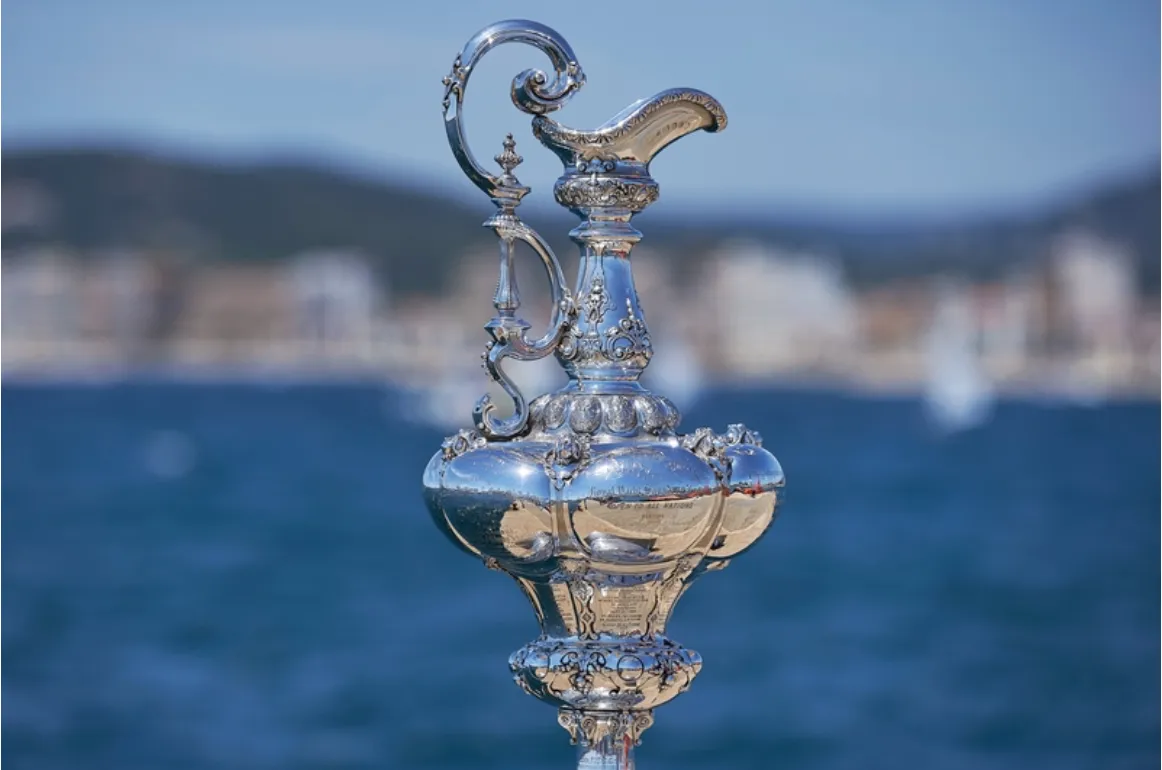Editor's Notebook
Ed Gorman’s exploratory post about the movement to revive the Scottish Series sent me tumbling back in time to the seven (I think) editions of this once-iconic regatta that I took part in over the years on the stunningly beautiful Loch Fyne.
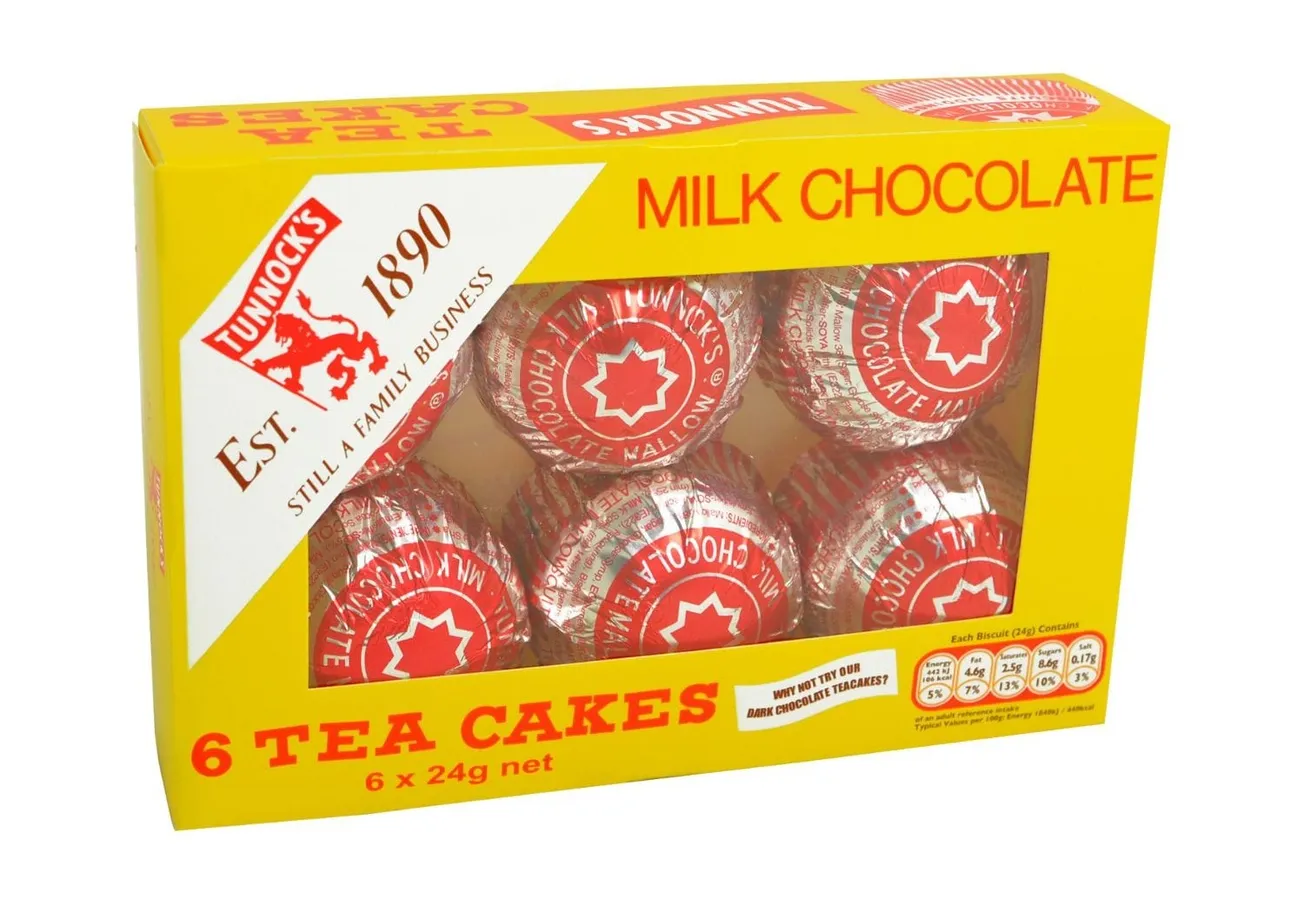
Latest
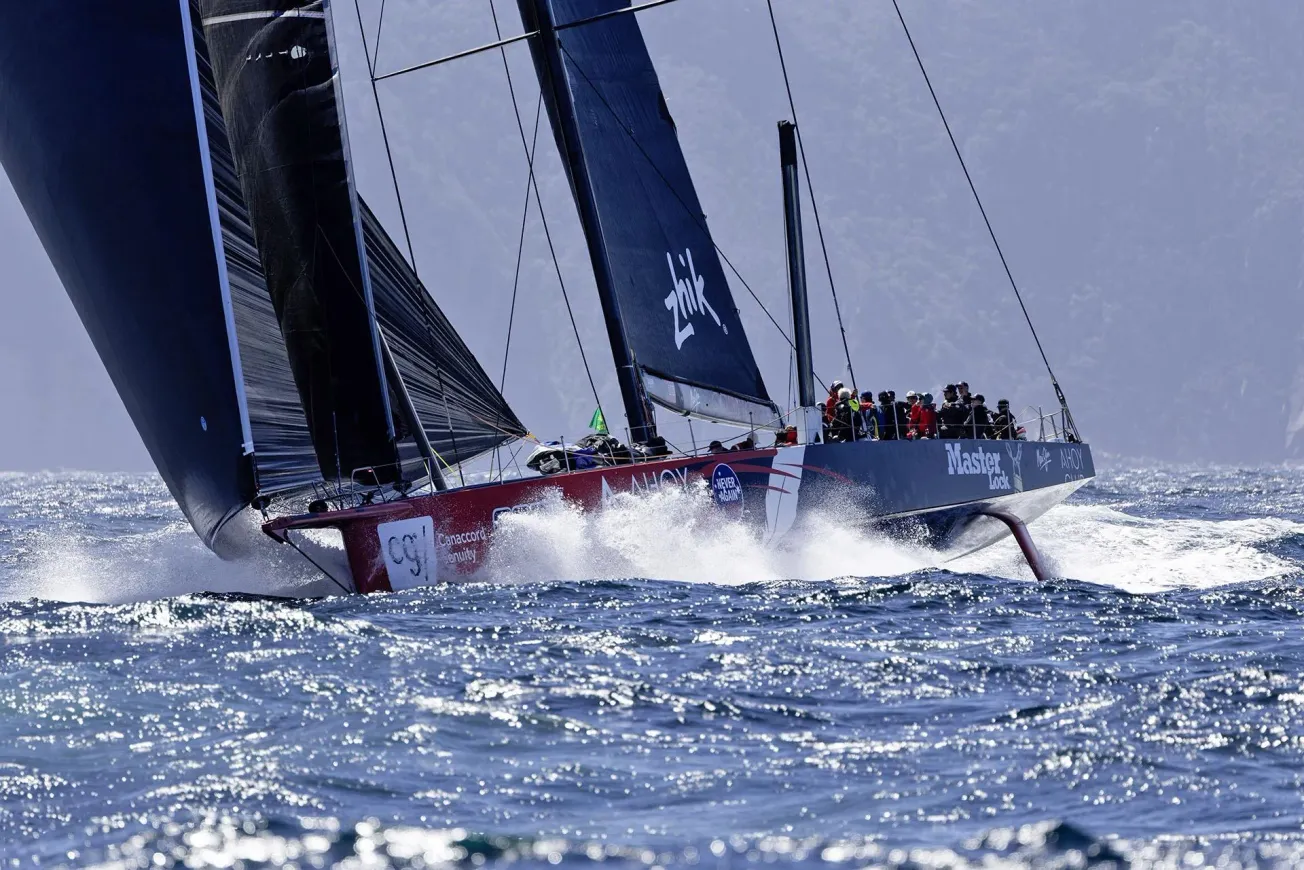
Master Lock Comanche wins line honours battle in 2025 Rolex Sydney Hobart
Matt Allen and James Mayo have sailed Master Lock Comanche to Line Honours in the 2025 Rolex Sydney Hobart, the 80th edition of the Cruising Yacht Club of Australia's 628 nautical mile race.
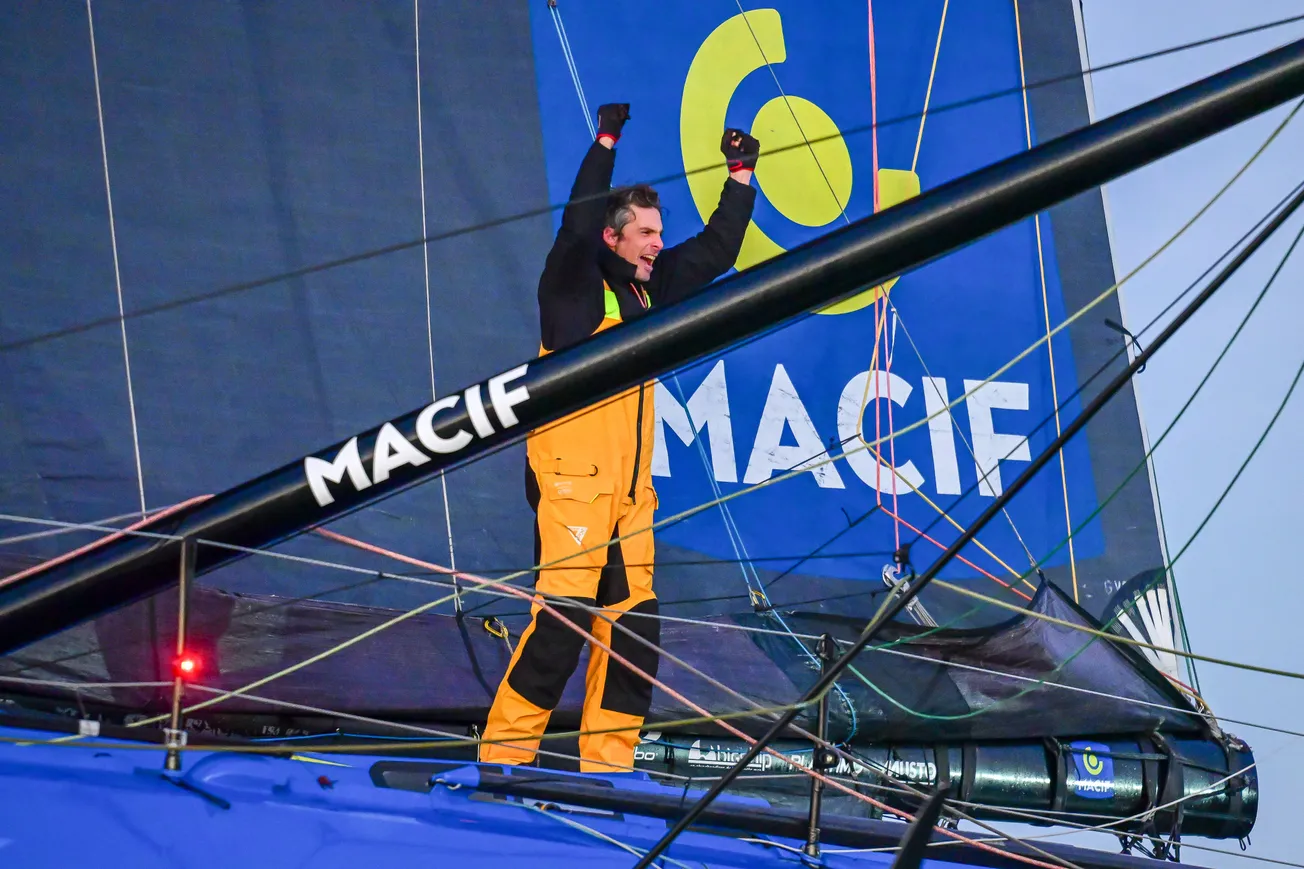
Vendée Globe winner Charlie Dalin awarded Magnus Olsson Prize
The Magnus Olsson Foundation has named French offshore sailing sensation Charlie Dalin as the recipient of the 2025 Magnus "Mange" Olsson Prize, in recognition of his extraordinary impact on the sport of sailing.
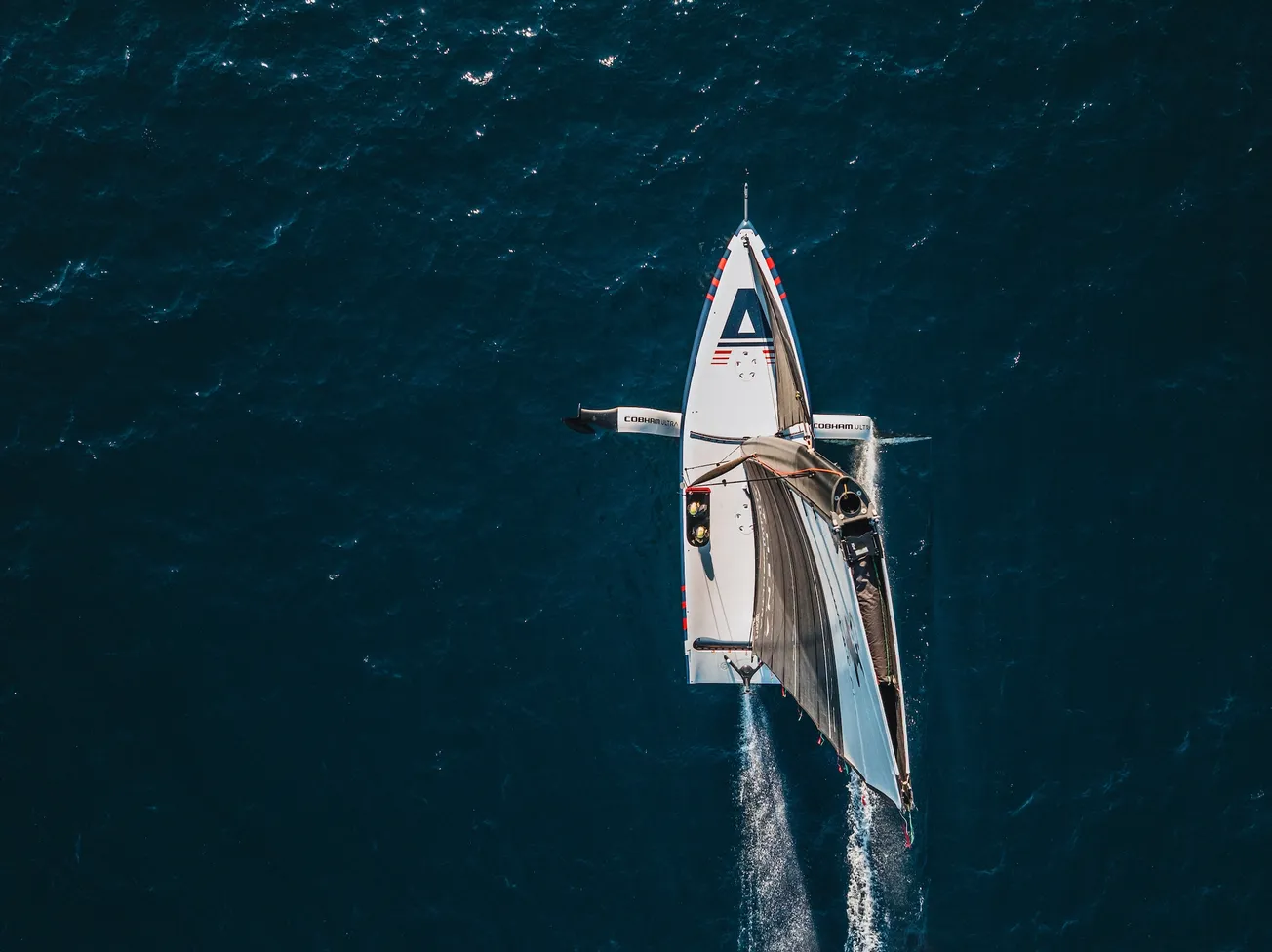
Athena Racing secures a majority ownership investment from Oakley Capital
British America's Cup Challenger Athena Racing today announced a landmark new chapter in its ambition to win the America’s Cup for Britain, securing a majority ownership investment from Oakley Capital.
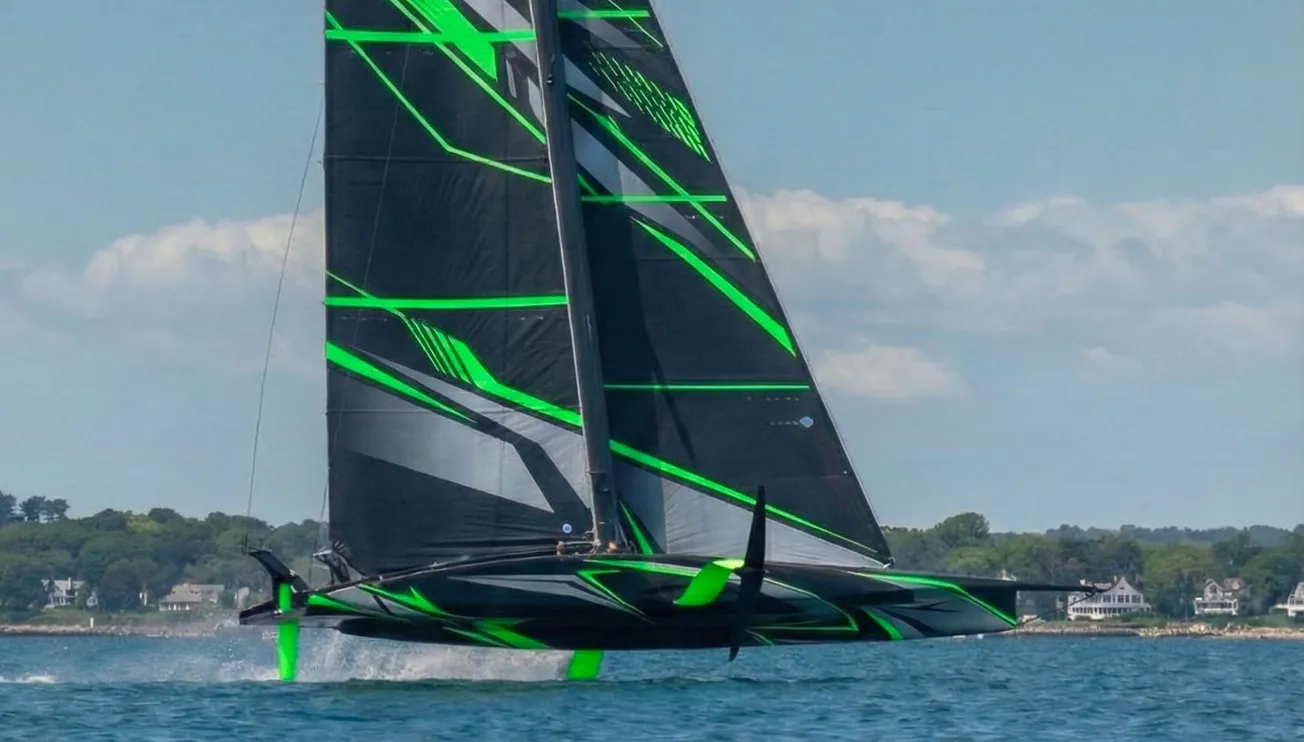
Riptide Racing announces Harken, Inc. as official hardware supplier for Louis Vuitton 38th America’s Cup U.S. challenge
Riptide Racing, the American professional yacht racing team aiming to represent the United States at the Louis Vuitton 38th America’s Cup, has signed a commercial partnership agreement with leading international performance sailing hardware manufacturer Harken, Inc.


